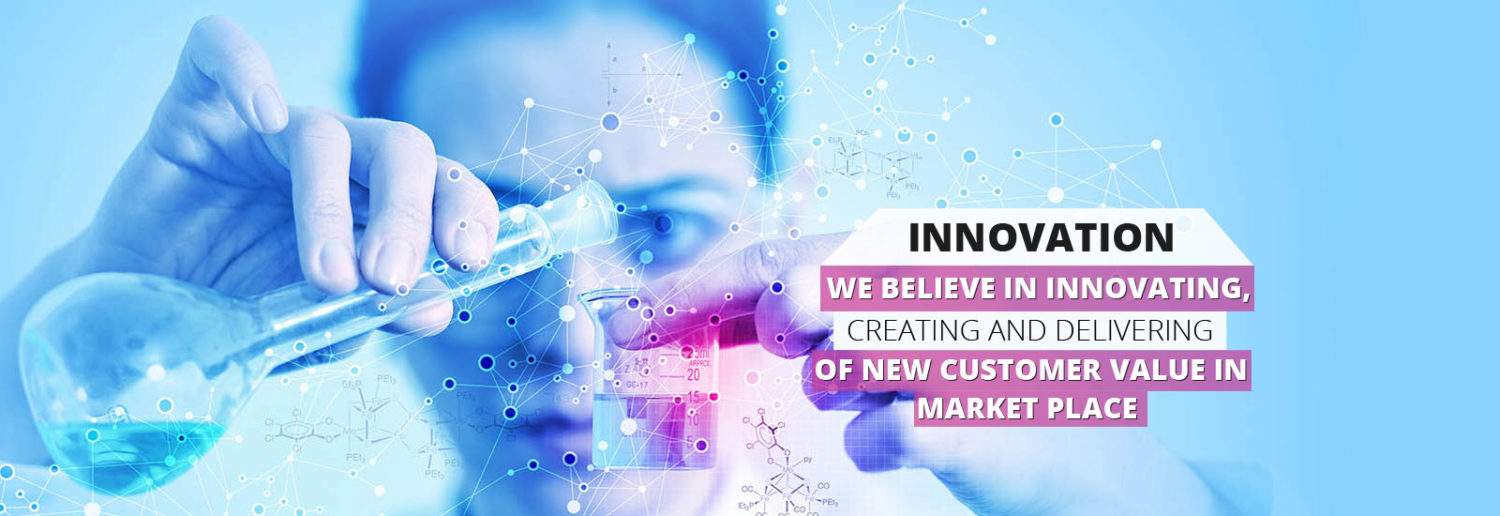Leveraging behavioral data to personalize customer touchpoints is a cornerstone of modern customer experience management. While foundational principles provide a starting point, sophisticated application demands deep technical understanding, meticulous data handling, and strategic implementation. This article explores advanced, actionable techniques to transform behavioral signals into highly effective, personalized customer interactions. We will dissect each component with detailed methodologies, real-world examples, and troubleshooting insights, enabling you to craft a truly data-driven personalization engine.
- 1. Understanding Behavioral Data Segmentation for Personalized Touchpoints
- 2. Integrating Real-Time Data Collection with Customer Profiles
- 3. Designing Personalized Touchpoints Based on Behavioral Triggers
- 4. Applying Machine Learning Models to Predict Customer Intent
- 5. Automating Personalization Workflows with Behavioral Data
- 6. Measuring Effectiveness of Behavior-Driven Personalization
- 7. Common Challenges and Best Practices
- 8. Reinforcing Value and Strategic Integration
1. Understanding Behavioral Data Segmentation for Personalized Touchpoints
a) Identifying Key Behavioral Indicators (e.g., page views, click patterns, time spent)
The first step toward actionable segmentation is precise identification of behavioral indicators that reflect customer intent and engagement. Moving beyond basic metrics, employ detailed event tracking that captures:
- Page Views & Navigation Paths: Record sequence data to understand navigation flow, using tools like
Google Tag Managerand custom dataLayer variables. - Click Patterns & Interaction Depth: Track clicks on specific elements (buttons, links), employing event listeners tied to dataLayer pushes or API calls.
- Time Spent & Scroll Depth: Use scroll tracking APIs (e.g.,
IntersectionObserver) to measure content engagement durations. - Content Downloads & Form Interactions: Capture download events or form submissions as signals of high engagement or intent.
Expert Tip: Normalize behavioral signals across devices by stitching session data with device identifiers or persistent cookies, ensuring comprehensive user profiles.
b) Creating Dynamic Customer Segments Based on Behavior Triggers
Rather than static segmentation, develop dynamic segments that adapt in real-time as user behavior evolves. This involves:
- Defining Behavioral Triggers: For example, a user who views a product detail page >3 times within 24 hours or adds items to cart but doesn’t purchase within 48 hours.
- Implementing Rule Engines: Use platforms like
Apache Flinkor custom rule sets in CDPs to evaluate triggers continuously. - Segment Tags & Attributes: Assign real-time tags (e.g., “Engaged Shopper,” “High Cart Abandoner”) that update as behavior shifts.
Expert Tip: Leverage event stream processing to update segments instantly, allowing immediate personalization rather than batch updates.
c) Practical Example: Segmenting Users by Engagement Levels Using Session Data
Suppose you want to differentiate highly engaged users from casual visitors. Implement the following:
- Define Engagement Metrics: e.g., session duration >5 minutes, page depth >7 pages, multiple return visits within a week.
- Set Up Event Tracking: Use GTM to fire custom events on page load, scroll, and click, aggregating data in a session store.
- Calculate Engagement Score: Assign weighted points for each metric and compute a composite score per session.
- Create Segments: Mark users with a score >8 as “Highly Engaged,” and trigger targeted campaigns accordingly.
This granular segmentation enables tailored messaging that resonates with user intent, boosting conversion rates.
2. Integrating Real-Time Data Collection with Customer Profiles
a) Setting Up Event Tracking for Specific Actions (e.g., cart abandonment, content downloads)
Precise event tracking is foundational for real-time personalization. To implement:
- Configure Data Layer Variables: Define variables in
dataLayerfor each actionable event. Example:
dataLayer.push({ 'event': 'cartAbandonment', 'productId': '12345', 'cartValue': 99.99 });Troubleshooting Tip: Use browser debugging tools and GTM’s preview mode to verify event firing and data integrity before deploying to production.
b) Linking Behavioral Events to Customer Profiles for Immediate Personalization
Once events are tracked, associate them with user profiles in your Customer Data Platform (CDP). Here’s how:
- Identify Users: Use persistent identifiers like emails, hashed cookies, or device IDs to link behavioral events to profiles.
- Update Profiles in Real-Time: Use APIs (e.g., RESTful endpoints) to push event data directly into profiles, ensuring an up-to-date view.
- Implement Data Merging Logic: Handle cases where multiple sessions or devices are involved, employing user identity resolution techniques.
Expert Note: Use identity graph solutions to unify user data across devices, minimizing fragmentation and enabling precise personalization.
c) Step-by-Step Guide: Implementing Real-Time Data Capture Using Tag Managers and APIs
| Step | Action | Details |
|---|---|---|
| 1 | Define Tracking Events | Specify user actions like add to cart, downloads, or page views in dataLayer |
| 2 | Configure Tag Manager | Create tags to listen for dataLayer events and send data via API or directly to your backend |
| 3 | Set Up API Endpoints | Design RESTful endpoints in your server to accept data and update user profiles atomically |
| 4 | Test & Validate | Use network inspection and debugging tools to verify data flows correctly and profiles update in real-time |
Advanced Tip: Incorporate fallback mechanisms, such as batch uploads or server-side tracking, to mitigate client-side failures or latency issues.
3. Designing Personalized Touchpoints Based on Behavioral Triggers
a) Developing Decision Rules for Triggered Communication (e.g., personalized emails, on-site messages)
Effective personalization hinges on well-crafted decision rules that evaluate behavioral signals. To design these:
- Define Trigger Conditions: For example, “User viewed product X 3+ times AND added to cart but did not purchase within 24 hours.”
- Set Thresholds & Priorities: Use statistical models or heuristics to assign weights to different behaviors, prioritizing high-value actions.
- Create Dynamic Content Templates: Use personalization tokens populated at runtime, based on user profile and behavior data.
Key Insight: Employ a rules engine, such as
Optimizely WeborAdobe Target, configured for real-time evaluation of triggers.
b) Using Behavioral Data to Determine Optimal Timing and Channel for Engagement
Timing and channel selection are critical for maximizing response rates. Implement the following:
- Time-Based Triggers: Use real-time clock data and behavioral patterns to send messages when the user is most receptive, e.g., midday or after a specific inactivity window.
- Channel Preference Profiling: Analyze engagement history to prefer email, SMS, or on-site notifications per user.
- Multi-Channel Orchestration: Use platforms like
BrazeorLeanplumto synchronize messages across channels based on behavioral triggers.
Advanced Technique: Implement machine learning models to predict the best timing/channel based on historical response data, further refining engagement efficacy.
c) Case Study: Triggered Recommendations for Returning Visitors Who Abandoned Cart
Consider a retailer aiming to recover abandoned carts. The process involves:
- Behavioral Trigger: Detect cart abandonment after 30 minutes of inactivity.
- Decision Rule: Check if user has visited >2 pages since last interaction; if true, proceed.
- Timing & Channel: Send a personalized email within 2 hours, featuring the abandoned items and a limited-time discount.
- Execution: Use real-time API calls to trigger email campaigns dynamically, with content populated via profile data.
This integrated approach yields higher recovery rates, as personalization aligns with user behavior and timing.
4. Applying Machine Learning Models to Predict Customer Intent
a) Building Predictive Models Using Behavioral Data (e.g., propensity to buy, churn risk)
Transform behavioral signals into features for machine learning models. Key steps include:
- Feature Engineering: Extract variables such as session frequency, recency, engagement scores, and interaction types.
- Data Preparation: Aggregate data at user-level, handle missing values with imputation, and normalize features for model input.
- Model Selection: Use algorithms like
Random Forest,XGBoost, or deep learning models depending on dataset complexity.
Expert Advice: Balance model complexity with interpretability; use feature importance analysis to understand driving factors behind predictions.
b) Training and Validating Models with Historical Data Sets
Ensure robust model performance through:
- Splitting Data: Use time-based splits to prevent data leakage, e.g., train on past 6 months, validate on subsequent period.
- Cross-Validation: Implement k-fold cross-validation to assess stability across different subsets.
- Performance Metrics: Focus on AUC-ROC, precision-recall, and lift charts to evaluate predictive power.
Pro Tip: Regularly retrain models with fresh


